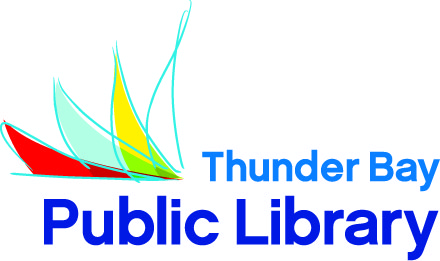 Treaty No. 9 by John S. Long is an excellent book for understanding the treaty-making process in general and in what is now called Ontario. It offers insight to our region concerning the myths and realities of Indian treaties, in particular, Nishnawbe-Aski Nation. Long provides evidence that the ceding of land rights through Treaty No.9 was an “illusion.”
Treaty No. 9 by John S. Long is an excellent book for understanding the treaty-making process in general and in what is now called Ontario. It offers insight to our region concerning the myths and realities of Indian treaties, in particular, Nishnawbe-Aski Nation. Long provides evidence that the ceding of land rights through Treaty No.9 was an “illusion.”The essential question asked is, was the oral agreement made between the people of the north and the Crown the same as what was written down on the “official” documents? Evidence alludes to a negative answer.
In other words, if what the “chiefs and headmen” agreed to orally was not what was written on the parchment, is the treaty that the parchment claims still valid? Think about what has recently gone on in Canadian Politics with Minster Bev Oda’s now infamous insertion of one word, “not,” and it’s easy to understand how people can be hornswoggled by the stroke of a pen.
John S. Long questions the accuracy and stand-alone validity of the written copies of Treaty No.9 because evidence alludes to the absence of mutual understanding and absence of real, meaningful negotiations.
Unfortunately, D.C. Scott and the other commissioners didn’t take better notes at the time of their quest in 1905. If they did we might actually know what they said to the Anishnaabe people and what the people said in response.
The commissioners allude to explaining the treaty, but at the same time they gloss over this information in their writings. To flesh out this curious absence of historic dialogue, Long provides detail by including the commissioners daily journals along with explanations of Ojibway and Cree culture. Gaps in language and the differences between Anishnaabeg land values and Euro-Canadian land values as they would have been that summer become evident.
Long also points out inconsistencies between commissioners’ journals. Things like dates and the reactions of people once the commissioners made their take-it-or-leave-it pronouncement. This book is a must-read if you have questions about treaty history.
Other
 recommended reads that the Thunder Bay Public Library has in its collection that can add to your knowledge about treaties and Native history are No Place for Fairness by David McNab; The Indian Commissioners: Agents of the State and Indian Policy in Canada’s Prairie West, 1873-1932 by Brian Titley; Irredeemable America edited by Imre Sutton; First Nations? Second Thoughts by Tom Flanagan; and Peace, Power, Righteousness by Taiaiake Alfred.
recommended reads that the Thunder Bay Public Library has in its collection that can add to your knowledge about treaties and Native history are No Place for Fairness by David McNab; The Indian Commissioners: Agents of the State and Indian Policy in Canada’s Prairie West, 1873-1932 by Brian Titley; Irredeemable America edited by Imre Sutton; First Nations? Second Thoughts by Tom Flanagan; and Peace, Power, Righteousness by Taiaiake Alfred.In No Place for Fairness, McNab details the 160 year long legal battle regarding supposed cessation of land rights known as the Bear Island Case. The Teme-Augama Anishinabe have continually asserted that they did not sign a treaty of surrender. Government parchment states otherwise, but as McNab shows, the parchment is wrong because signatures were forged by a government administrator at that time. On top of that, oral history wasn’t given legal authority until quite recently, so the parchment was considered more valid than what the Teme-Augama Anishinabe were saying for a century-and-a-half.
In T
 he Indian Commissioners, Brian Titley shows that the misguided and sometimes corrupt practices shown in McNab’s and Long’s books was not uncommon. Through biographies of six commissioners of the Prairie West, the reader can learn what power the government held over native people through the rigid enforcement of the Indian Act, treaties and Euro-Christian morality.
he Indian Commissioners, Brian Titley shows that the misguided and sometimes corrupt practices shown in McNab’s and Long’s books was not uncommon. Through biographies of six commissioners of the Prairie West, the reader can learn what power the government held over native people through the rigid enforcement of the Indian Act, treaties and Euro-Christian morality.Irredeemable America echoes themes mentioned above, but looks at the situation south of the 49th parallel. Interestingly, the treaty situation with the Shoshone people mirrors that of the Anishnaabek.
Indigenous Rights then become something teachers like Taiaiake Alfred are aware of as important to everyone in the global village. Miigwetch niijiwag!
Chris Waite, Public Services Assistant




